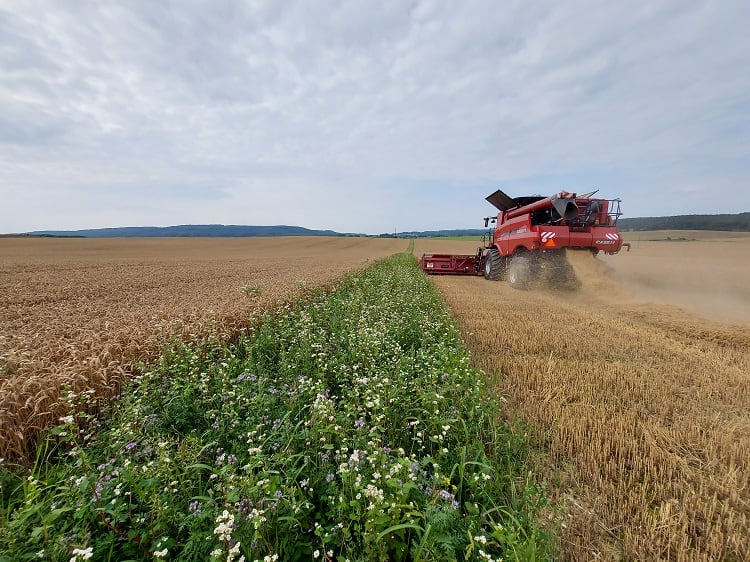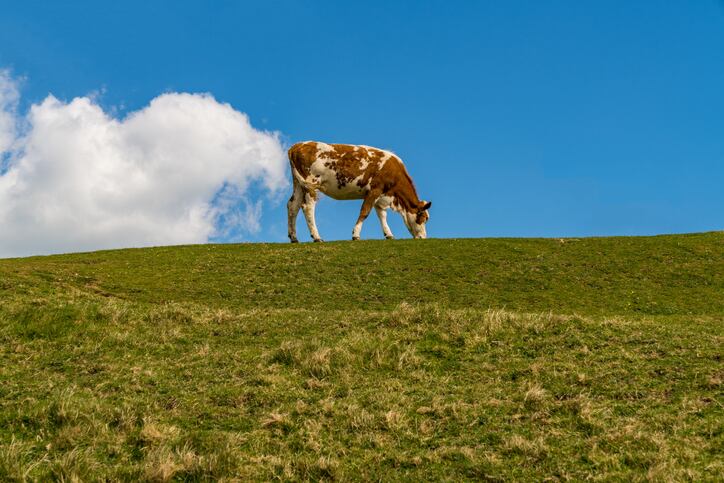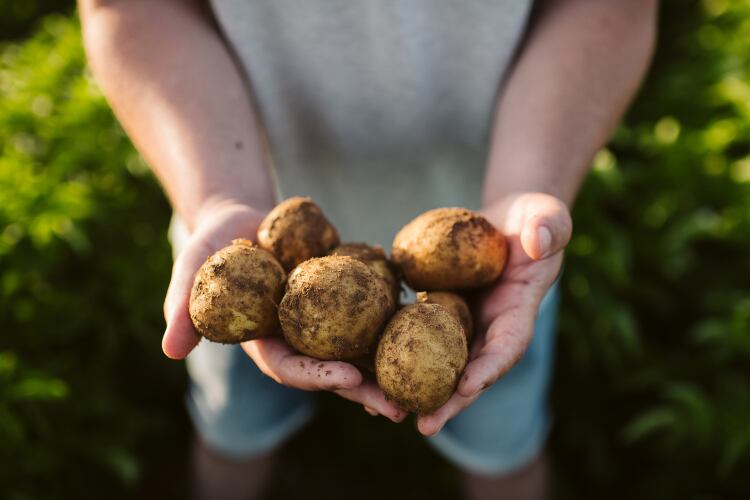Mondelēz International has announced the next stage of its third-party verified European wheat sustainability program: Harmony Ambition 2030.
Now in its 15th year, today the Harmony program collaborates with 1,360 farmers across seven European countries. Its latest iteration incorporates regenerative farming practices, and by 2030, the company wants 100% of the wheat volume needed for production of its European biscuits – including its belVita, Milka, LU, Oro and Opavia brands – grown according to these practices.
In Europe, no official definition of the term ‘regenerative agriculture’ exists. In its absence, Mondelēz defines regenerative agriculture as a holistic approach to farming which aims to produce high quality crops, while also restoring the natural rhythm of the ecosystem.
This involves not only rebuilding soil health and fertility, and carbon sequestration, but also reversing biodiversity losses.
For Mondelēz, regenerative agriculture also means fostering the economic wellbeing of its farming communities, explained Marie Ellul-Karamanian, Harmony Program Lead at Mondelēz. “It’s important our farmers are completely embedded and supporting in that transition to regenerative agriculture.”
So what does Mondelēz’s approach to regenerative agriculture look like on the ground?
As is stands, no official definition of ‘regenerative agriculture’ exists in Europe. But Mondelēz International would be supportive of developing a definition at the EU level.
“We are definitely supportive of developing a definition of ‘regenerative agriculture’, and even of ‘sustainable agriculture’ in general, in Europe,” said Marie Ellul-Karamanian, Harmony Program Lead at Mondelēz.
“We would be happy to contribute to building the definition for the future, because it would help to create an equal playing field across the industry. It would also help to drive further environmental impact…we all have a role to play.”
From cover crops to melliferous fallows
Centre to Mondelēz’s regenerative agriculture programme is the rebuilding of soil health and increases in carbon sequestration. Harmony Ambition 30 requires not only that its farming communities diversify crop rotation, but that legumes be included in that crop rotation.
“The main source of greenhouse gas emissions in farming is fertilization, and legumes help to optimise fertiliser,” Ellul-Karamanian told FoodNavigator. Legumes captures and metabolises nitrogen from the atmosphere, before releases it into the soil. This means that fertilizer use can be optimised, and ultimately, that fewer mineral fertilizers are required.
The use of cover crops – grown to cover the soil, rather than for the purpose of being harvested – are also a non-negotiable according to the new Harmony Program chapter. “We know that covering the soil helps to keep the carbon in the ground. It’s also the best for soil fertility.”
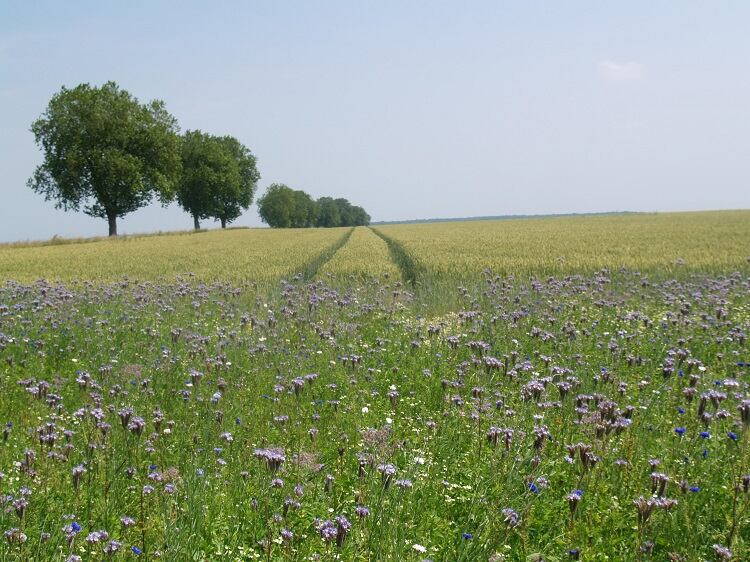
As to reversing biodiversity losses, the company is banning the use of problem pesticides, notably glyphosate and neonicotinoids. The herbicide glyphosate can be toxic to birds, important insects, and soil organisms that serve to maintain ecological balance, we were told, whereas neonicotinoids can harm pollinators.
Mondelēz is also requiring farmers to dedicate 3% of their land to melliferous fallows dedicated to biodiversity. The Harmony Program lead described the initiative as a ‘bold move’ -- not necessarily in France where this practice is under way amongst Mondelēz’s farming communities -- but in other European countries where Mondelēz wheat is grown. The company sources wheat from Belgium, the Czech Republic, France, Hungary, Poland, Italy, and Spain.
Mondelēz selects the variety of flowers for these fallows based on the food source of local pollinators. The full 3% needn’t be located on productive land, but most would be, we were told. “It’s an investment for them and that is why we are paying a premium to them in order to pay for the fact that they would be losing a bit of production [land].” In the long term, the company hopes to demonstrate the sustainability benefits, ranging from soil health to increased biodiversity, to its farmers.
Helping farmers transition to regenerative ag practices
Supporting farmers in the transition to regenerative agriculture is also a key element of the Harmony Program, and it starts with paying a premium per ton of wheat grown in acknowledgement that some of the farming practices put in place are more demanding than that required by the EU’s Common Agricultural Policy (CAP).
Going a step further, Mondelēz is also providing a ‘holistic toolkit’ to farmers. “Having financial support is key, it’s critical, but we need to do more to convince farmers to move ahead with us to do regenerative agriculture,” reasoned Ellul-Karamanian.
In response, the company is establishing the Harmony Academy to provide digital and on-the-ground training. Dialogue and conversation between farmers will be encouraged, to showcase the positive impact such practices have on yield and margins. Digital tools, under what Mondelēz is coining Harmony Digital, will help farmers record their practices, calculate environmental KPIs and improve the efficiency of reporting.
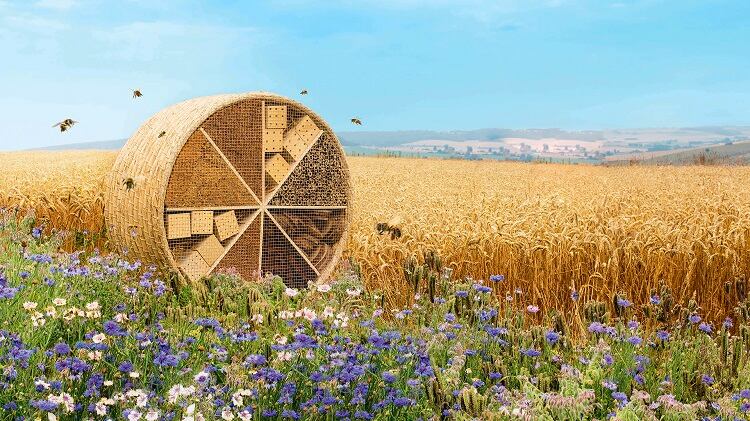
This new chapter of Mondelēz’s Harmony Program is already under way in France. The company plans to learn from the implementation of these practices this year, before rolling it out into other European countries.
‘We want to be known for protecting bees’
The snacks and confectionery major is communicating its efforts in regenerative agriculture to consumers in a number of ways, from digital to TV through to on-pack communications.
On-pack, the company is focusing on four key pillars of the Harmony Program: wheat quality, local cultivation, sustainable production, and farmer engagement.
Mondelēz has plans to ramp up communication in terms of storytelling – something that consumers have expressed increased interest in, we were told. “They want to play a role with us in terms of sustainability and biodiversity protection specifically.”
Before the summer, four biscuit brands – Mondelēz’s Fontaneda in Spain, Oro in Italy, Opavia in Czech Republic, and LU in France – will instigate a campaign designed to involve consumers in its bee protection efforts.
“Bees are responsible for a lot of the pollination of crop food globally. But today, bees are threatened because they lack food sources and suffer from the destruction of their habitat. We are ‘double clicking’ on the destruction of their habitats…and building ‘5-star bee hotels’ in the melliferous fallows of our Harmony fields.”
The ‘bee hotels’ are handcrafted in France and constructed with ecological materials. At around 1.5m in diameter and weighing around 55kg, the bee houses contain 6,000 holes to attract different types of pollinators.
A percentage of biscuit sales will contribute to the construction of these ‘bee hotels’, which will bring the consumer on the sustainability journey, explained the Harmony Program lead.
“We want to become famous for protecting bees… [The campaign] is a new way to involve consumers. We want to make sure they contribute to the journey we’re involved in.
“We want it to drive environmental impact…and for our consumers to help – with our biscuit brands – on this sustainability journey.”


